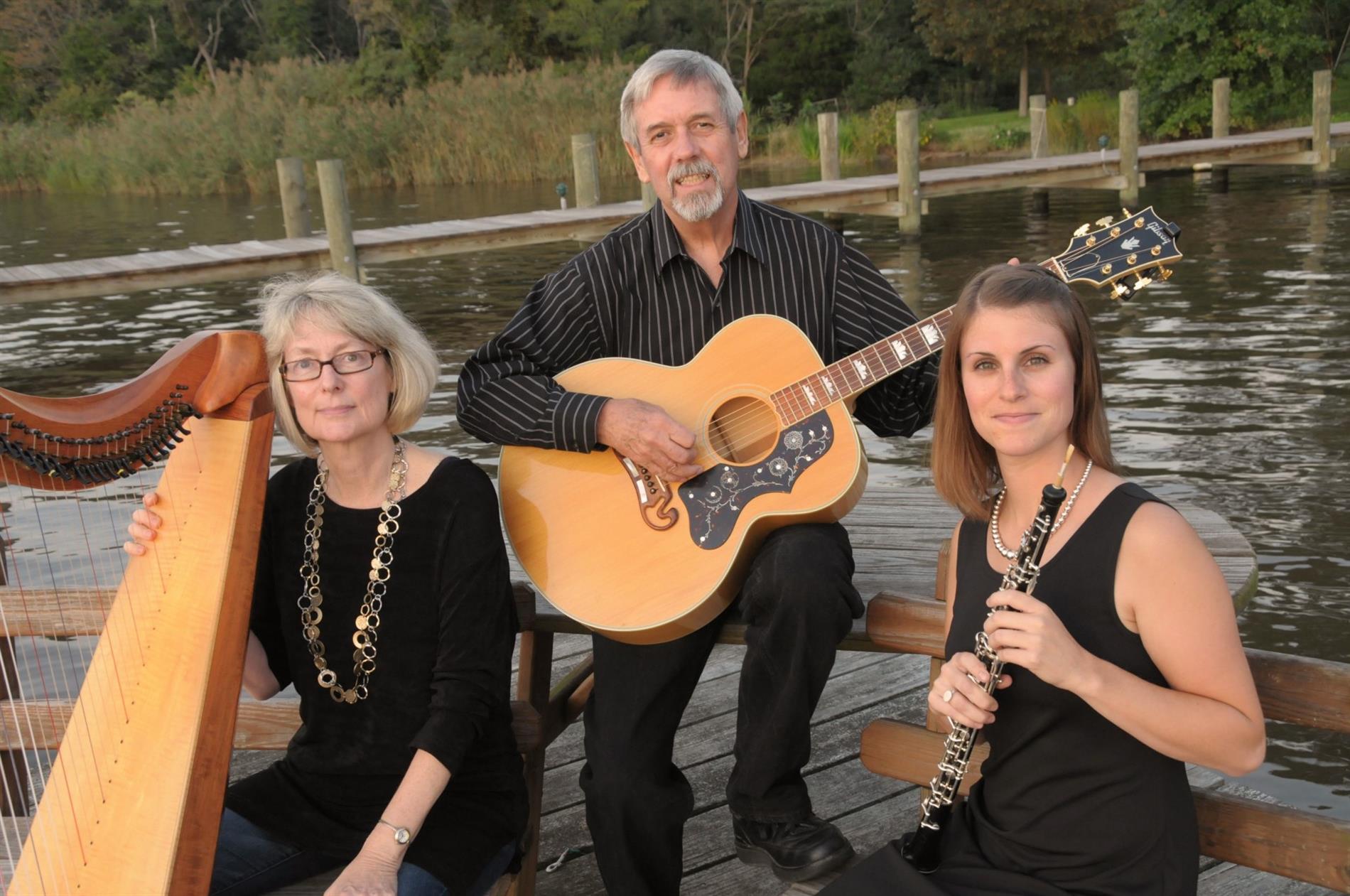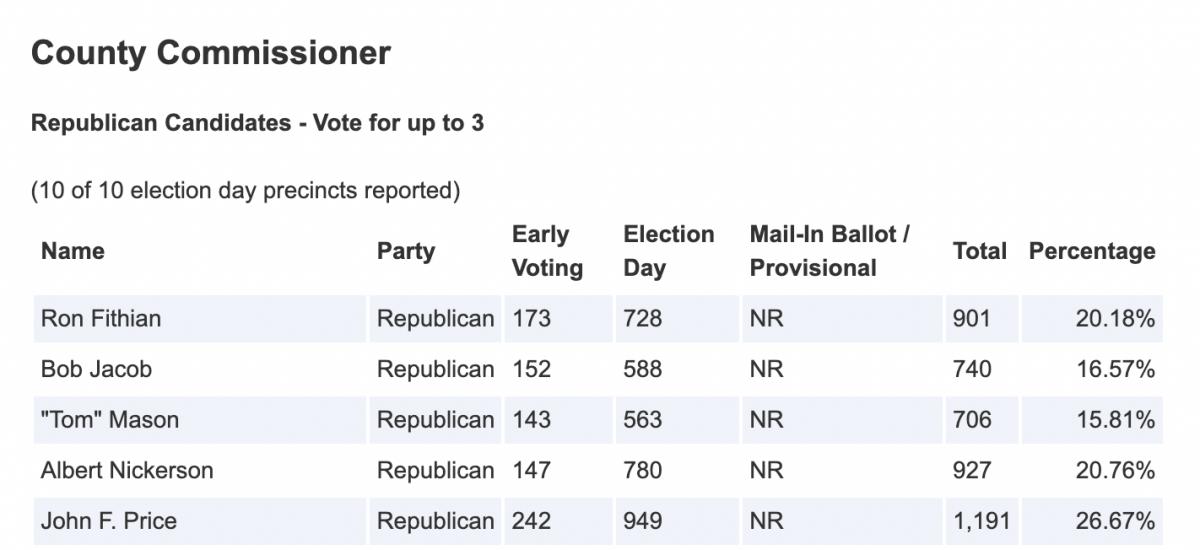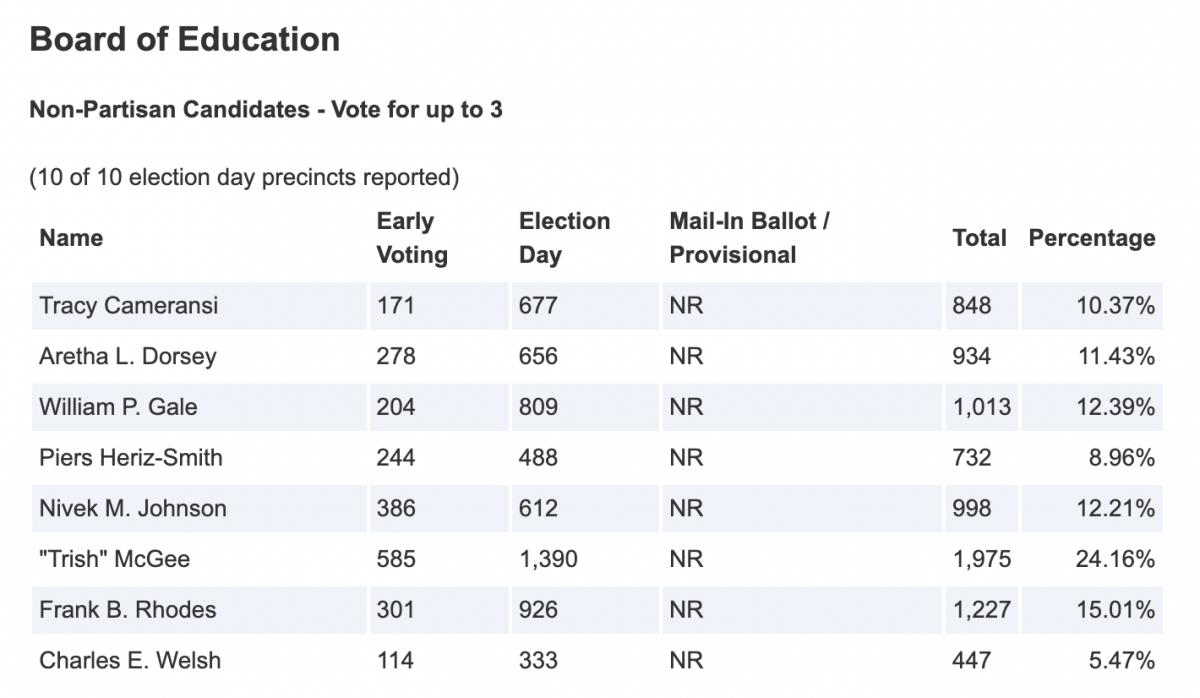Each year, December is a busy time for the Mid-Shore-based Celtic band Harp and Soul. For more than a decade, it has played to sellout crowds at the Mainstay in Rock Hall, and now they have added a special appearance on Wednesday night at the Stolz Room for the third and last of the Spy Nights series in Easton with their special brand of soulful and timeless melodies.
Since this is the first appearance in Talbot County for Harp and Soul, we asked group member and harp player Meredith Davies Hadaway to give us a sneak preview of their performance and a short introduction to the Celetic tradition in music and why audiences have craved it for centuries.
This video is approximately two minutes in length. For tickets, please go here.
The Mainstay
$20
Sunday 12/8
4:00 pm
(410) 639-9133








